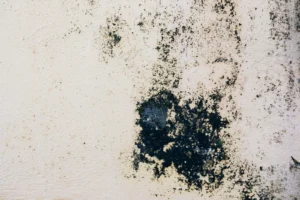Foundation leaks can be a homeowner’s nightmare, leading to significant structural damage and costly repairs if not addressed promptly. Understanding the causes, identifying the signs, and knowing how to handle foundation leaks can save you time, money, and stress. In this blog, we’ll delve into everything you need to know about foundation leaking and how to deal with it effectively.
Understanding Foundation Leaks
Foundation leaks occur when water infiltrates the concrete slab or masonry that supports your home. This can happen due to various reasons, such as poor drainage, soil movement, or construction flaws. Over time, these leaks can compromise the structural integrity of your home, leading to severe problems.
Common Causes of Foundation Leaks
Poor Drainage
- Improperly graded landscapes or clogged gutters can lead to water pooling around your foundation, increasing the risk of leaks.
Soil Movement
- Expansive soils that swell with moisture and shrink during dry periods can cause foundation cracks and subsequent leaks.
Hydrostatic Pressure
- Water pressure from saturated soil around the foundation can force water through cracks and porous concrete.
Construction Flaws
- Poor construction practices, such as inadequate waterproofing or improperly mixed concrete, can lead to early foundation problems.
Plumbing Leaks
- Undetected plumbing leaks within or beneath the foundation can cause water accumulation and damage over time.
Signs of Foundation Leaks
Damp or Wet Basement
- The most obvious sign is water in the basement, which can range from small damp spots to significant flooding.
Cracks in Walls and Floors
- Look for cracks in the foundation walls, basement floors, or even upper-level walls.
Mold and Mildew
- Persistent moisture can lead to mold and mildew growth, which can be harmful to your health.
Musty Odors
- A persistent, musty smell often indicates moisture problems.
Foundation Settling
- Doors and windows that stick or don’t close properly can be a sign of foundation settling due to water damage.





